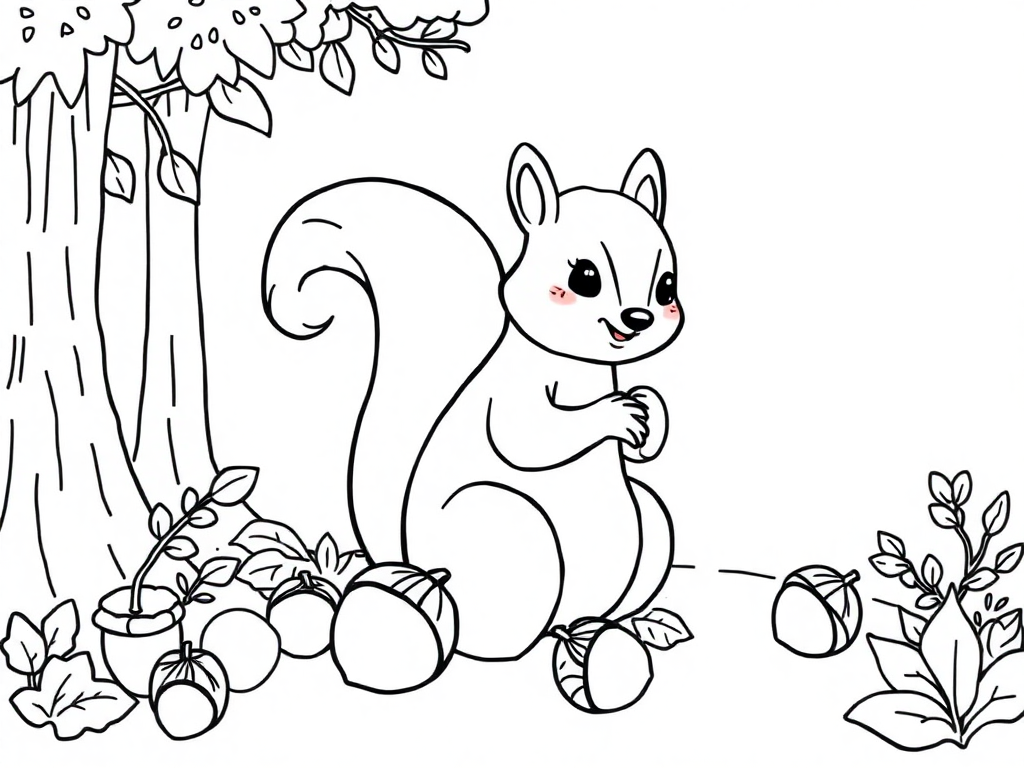The Enduring Charm and Benefits of Coloring Pages

Introduction
Coloring pages have captivated individuals across generations, evolving from simple childhood pastimes to sophisticated tools for relaxation and education. Once reserved for crayons and paper, they now thrive in digital formats, offering endless creative possibilities. This article explores the multifaceted appeal of coloring pages, their benefits, and their adaptation to modern trends.
1. Universal Appeal Across Ages
Coloring pages transcend age barriers, engaging toddlers with bold shapes and adults with intricate mandalas. For children, they spark imagination and color recognition, while adults find solace in the meditative process. The surge in adult coloring books, notably during the 2010s, underscores their role in stress reduction, with studies indicating lowered cortisol levels during coloring sessions.
2. Educational and Developmental Benefits
Educators leverage coloring pages to enhance fine motor skills and hand-eye coordination in young learners. Themed pages on seasons, animals, or historical figures transform art into interactive lessons. For instance, geography becomes vivid as students color maps, while botanical illustrations introduce plant biology. Therapists also use coloring to aid emotional expression in children, providing a non-verbal outlet for feelings.
3. Diverse Themes and Creativity
The variety of coloring themes ensures there’s something for everyone:
Nature: Flora and fauna scenes promote environmental appreciation.
Fantasy: Dragons and unicorns fuel imaginative storytelling.
Cultural Designs: Patterns inspired by global traditions educate while entertaining.
This diversity not only sustains interest but also encourages exploration of new topics.
4. Digital Evolution
Technology has redefined coloring with apps like Procreate and Adobe Fresco, offering virtual palettes and undo buttons. Digital platforms enable easy sharing and experimentation without material waste, appealing to eco-conscious users. However, traditional coloring remains cherished for its tactile experience and screen-free downtime.
5. Therapeutic Applications
Beyond recreation, coloring serves as a therapeutic tool. Art therapists incorporate it into practices to alleviate anxiety and improve focus. The repetitive motion of shading and blending colors induces mindfulness, akin to meditation, making it accessible to those hesitant to try conventional mental health exercises.
Conclusion
Coloring pages are more than a leisurely activity; they are a bridge between creativity and well-being. Whether through crayons on paper or styluses on tablets, they offer a versatile, accessible outlet for stress relief, learning, and artistic expression. As trends continue to blend tradition with innovation, coloring pages remain a timeless resource for all ages.